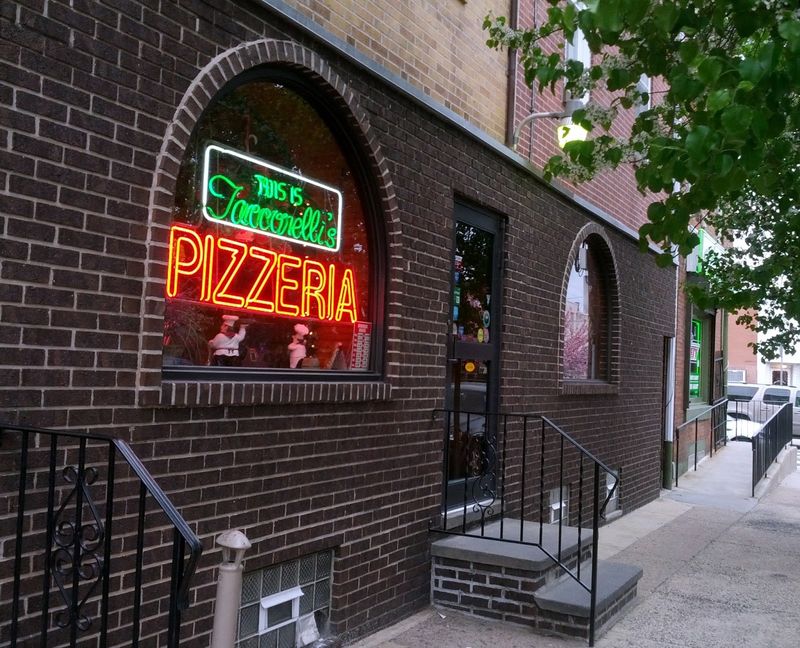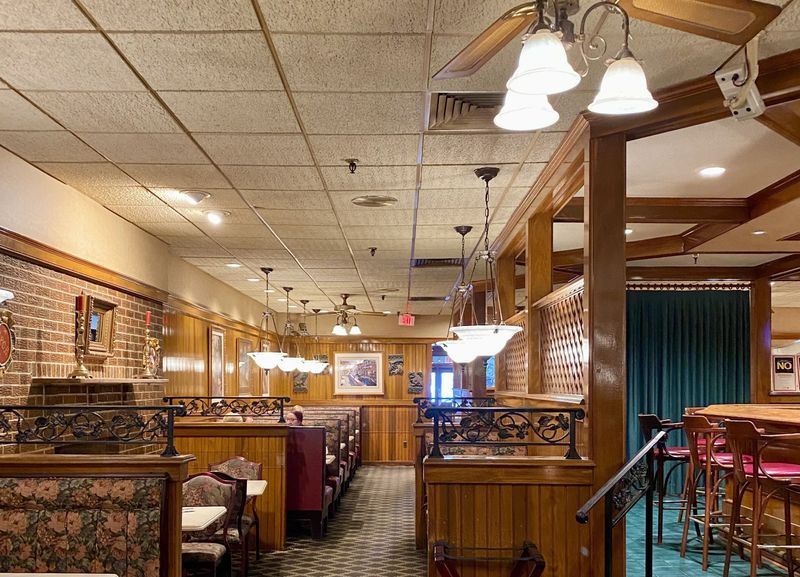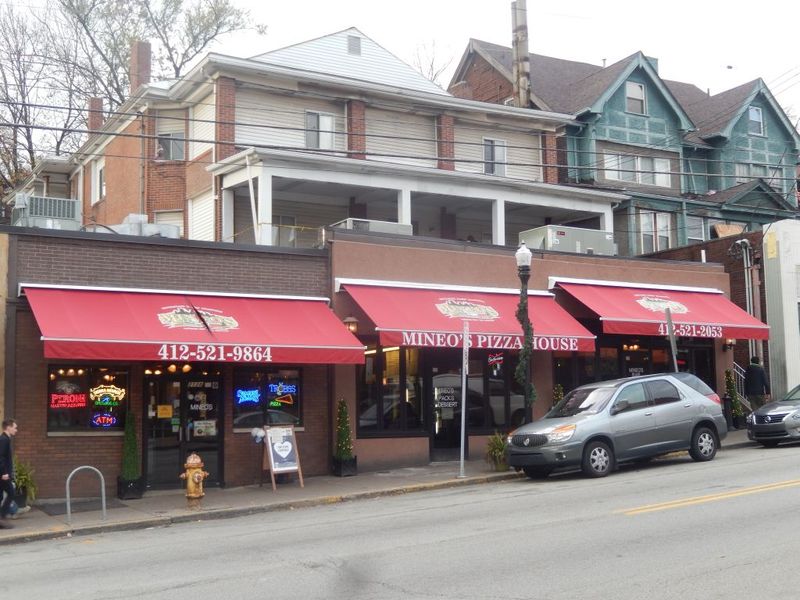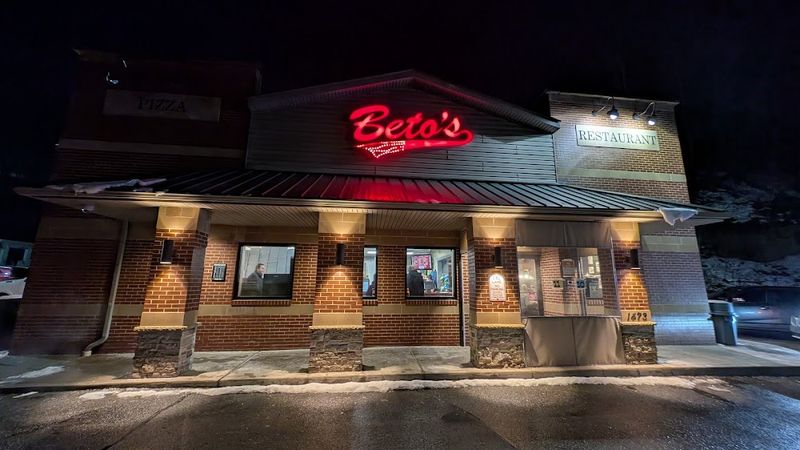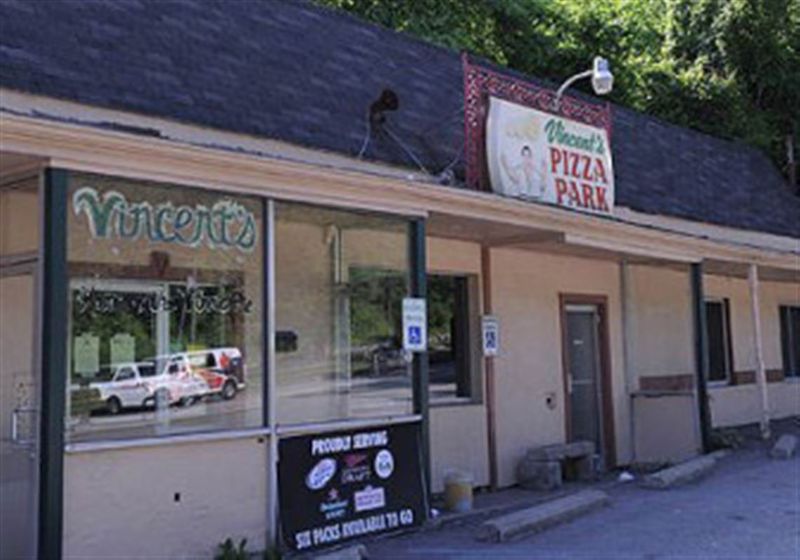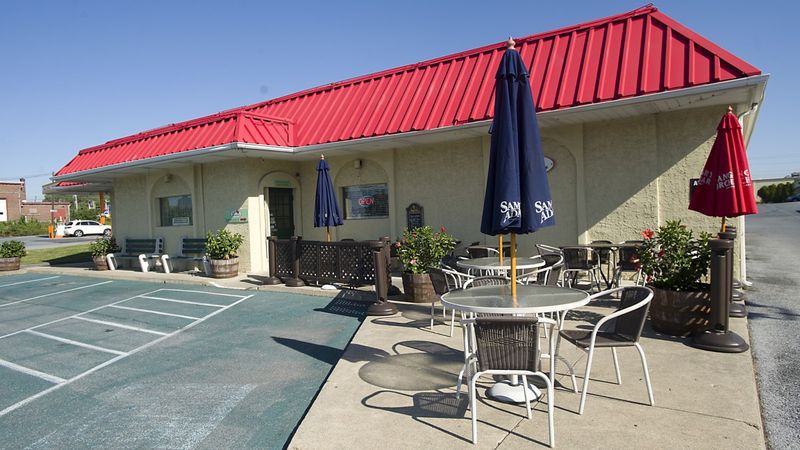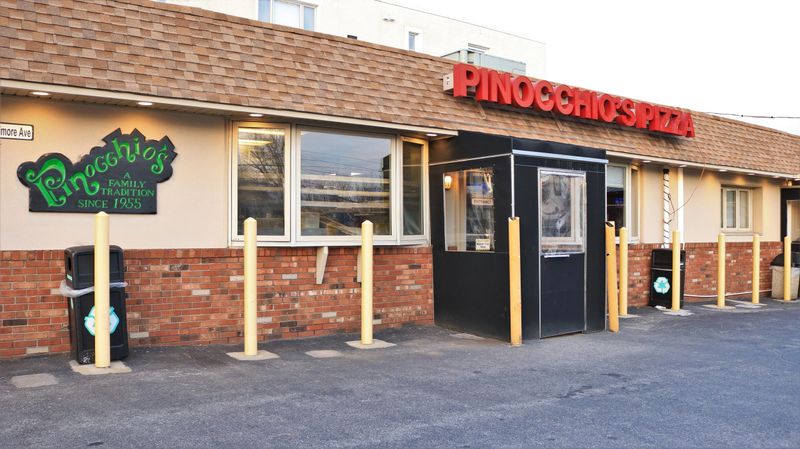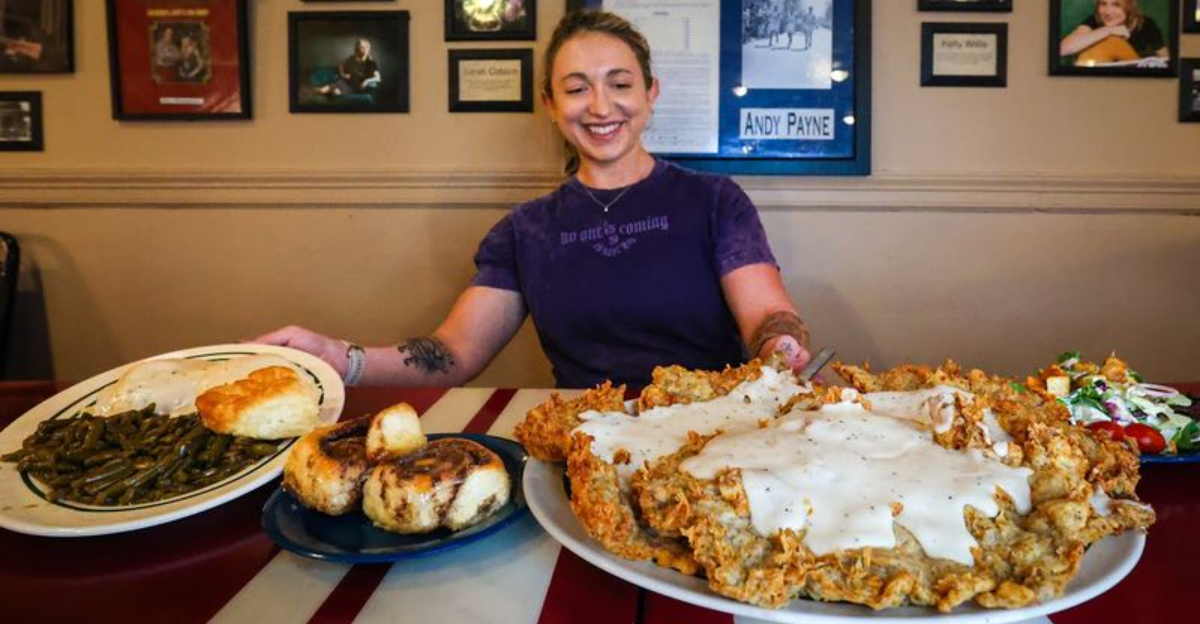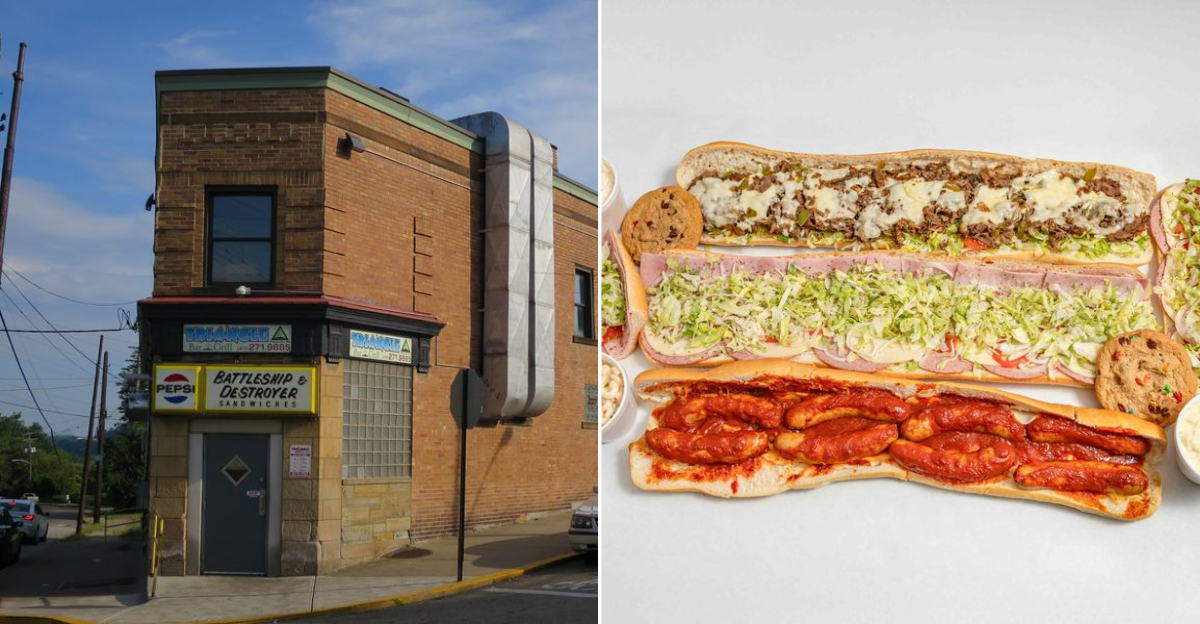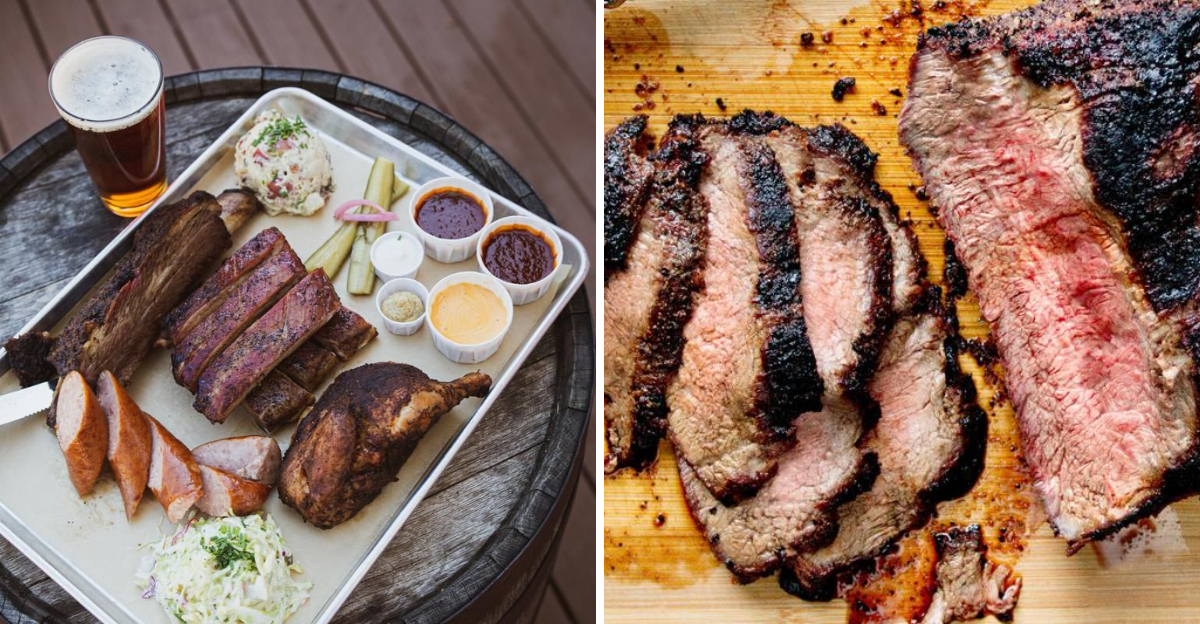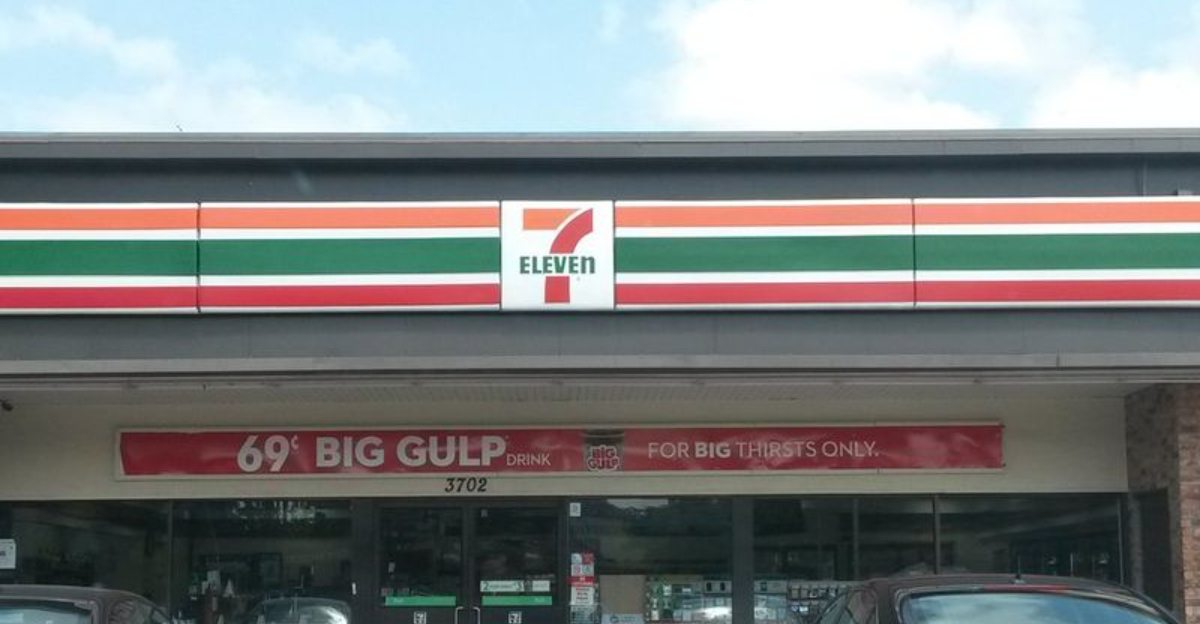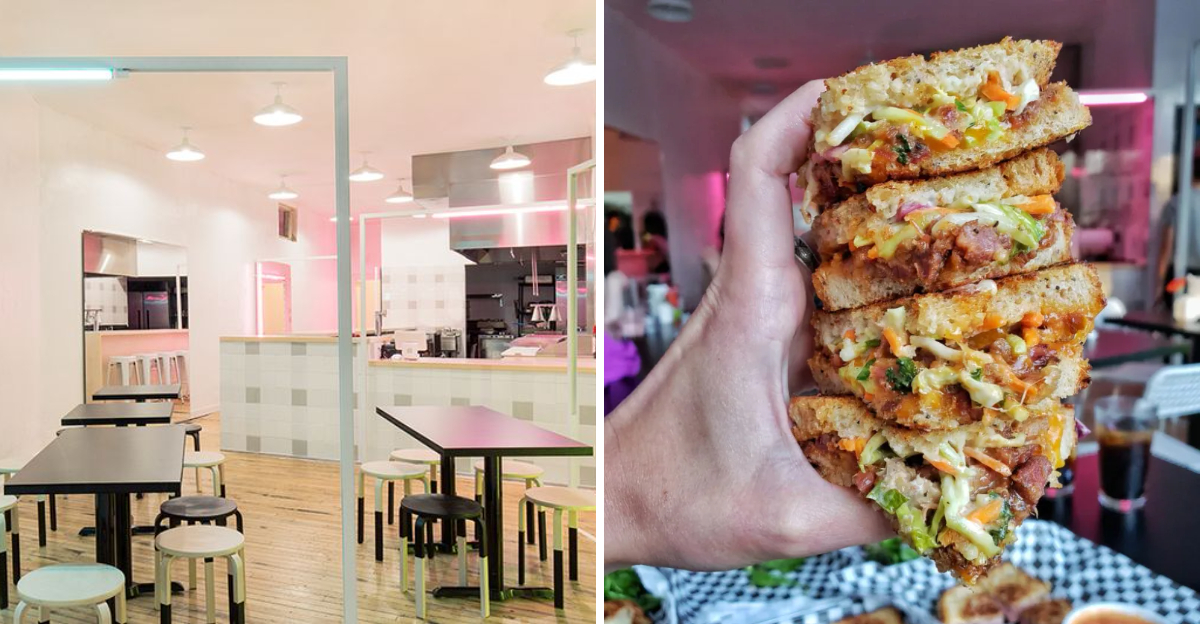Pennsylvania’s 8 Oldest Pizza Parlors Serving Classic Slices To This Day
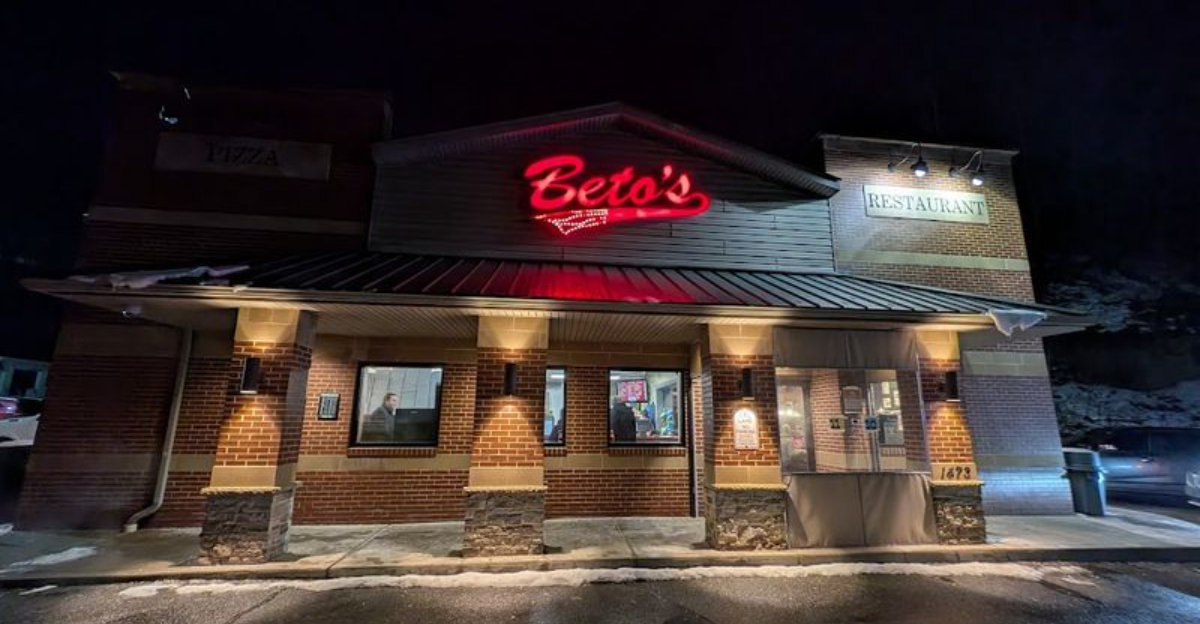
Pennsylvania boasts some of America’s oldest pizza joints, where time-tested recipes and decades of tradition create truly unforgettable pies.
These legendary establishments have survived changing food trends, economic ups and downs, and even the digital age while still serving the same delicious slices that made them famous.
1. Tacconelli’s Pizzeria (Philadelphia)
Family legend says Giovanni Tacconelli brought his bread-making skills from Italy in 1918, eventually turning his talents to pizza. The tiny Port Richmond institution still uses the original brick oven from 1946!
Their thin-crust masterpieces feature minimal toppings to highlight the perfect char and chew that’s kept pizza lovers making pilgrimages here for over 75 years.
2. Maroni’s Pizza House (Scranton)
Since 1946, Maroni’s rectangular trays have been Scranton’s definition of pizza perfection. The no-frills joint on Ash Street hasn’t changed its recipe or methods in over 75 years.
Locals swear by the slightly sweet sauce and distinctive crust – crispy on bottom, pillowy inside.
Each bite delivers that nostalgic flavor that’s survived through three generations of family ownership, making this spot a true northeastern Pennsylvania treasure.
3. Pica’s Restaurant (Upper Darby)
Square pizza before it was trendy? Pica’s has been doing it since 1941! This Delaware County landmark serves their distinctive rectangular pies with cheese under the sauce – yes, you read that right.
Founded by Italian immigrant Frank Pica Sr., this family-run institution moved from West Philly to Upper Darby in 1956.
The reverse-layered pizza might seem strange to outsiders, but generations of loyal fans know this upside-down approach creates the perfect balance of flavors.
4. Mineo’s Pizza House (Pittsburgh)
Giovanni Mineo brought a slice of Sicily to Pittsburgh in 1958, and Steel City pizza was forever changed.
The Murray Avenue location still draws lines for their famously cheesy pies loaded with toppings and Pittsburgh pride.
What’s their secret? Old-school deck ovens that create that distinctive bottom char.
The dough recipe remains unchanged since opening day – a testament to the philosophy that when something works perfectly, you don’t mess with it.
5. Beto’s Pizza (Pittsburgh)
Cold cheese on hot pizza? It’s not a mistake – it’s Beto’s signature style since 1952!
This quirky Beechview neighborhood fixture serves square-cut pies with hot sauce and crust, then tops them with unmelted cheese and toppings after baking.
The unusual approach creates a temperature and texture contrast that’s oddly addictive.
While pizza purists might raise eyebrows, Pittsburghers have kept this place packed for seven decades, proving some food traditions defy conventional wisdom yet stand the test of time.
6. Vincent’s Pizza Park (Pittsburgh)
“Vinnie Pie” isn’t just pizza – it’s Pittsburgh food folklore!
Founded by Vincent Chianese in 1950, this North Braddock institution serves massive, misshapen pies with cheese that stretches for days and rivers of grease that regulars affectionately call “Vincent’s Gold.”
After briefly closing in 2012, loyal customers rejoiced when it reopened with the original recipes intact. The famous overflow of toppings and cheese creates the signature “blanket” that hangs off these legendary pies.
7. Louie’s Restaurant (Allentown)
Hidden in an Allentown residential neighborhood since 1958, Louie’s feels frozen in time – from the wood paneling to the original recipes.
The cash-only policy and no-reservations rule haven’t deterred fans who line up for their old-school Italian-American classics.
The Graziano family still runs the place with the same dedication to quality that Luigi “Louie” established when Eisenhower was president.
8. Pinocchio’s (Media)
Before becoming the beloved “Pinoke’s” to locals, this Delaware County institution opened as Carnival Pizza in 1955.
The Palombaro family took over in 1970, transforming it into the pizza and beer heaven it remains today.
Their inside-out pizza (sauce on top) draws comparisons to Pica’s, but regulars know each has its own distinct charm.

